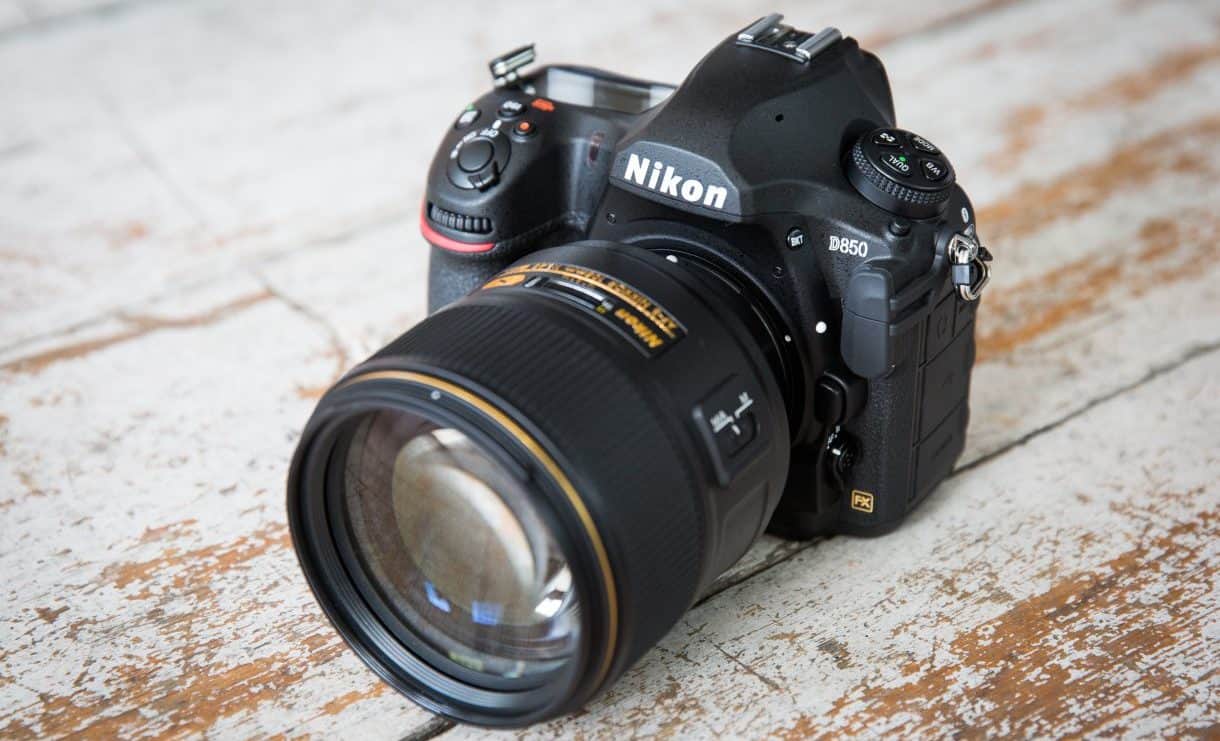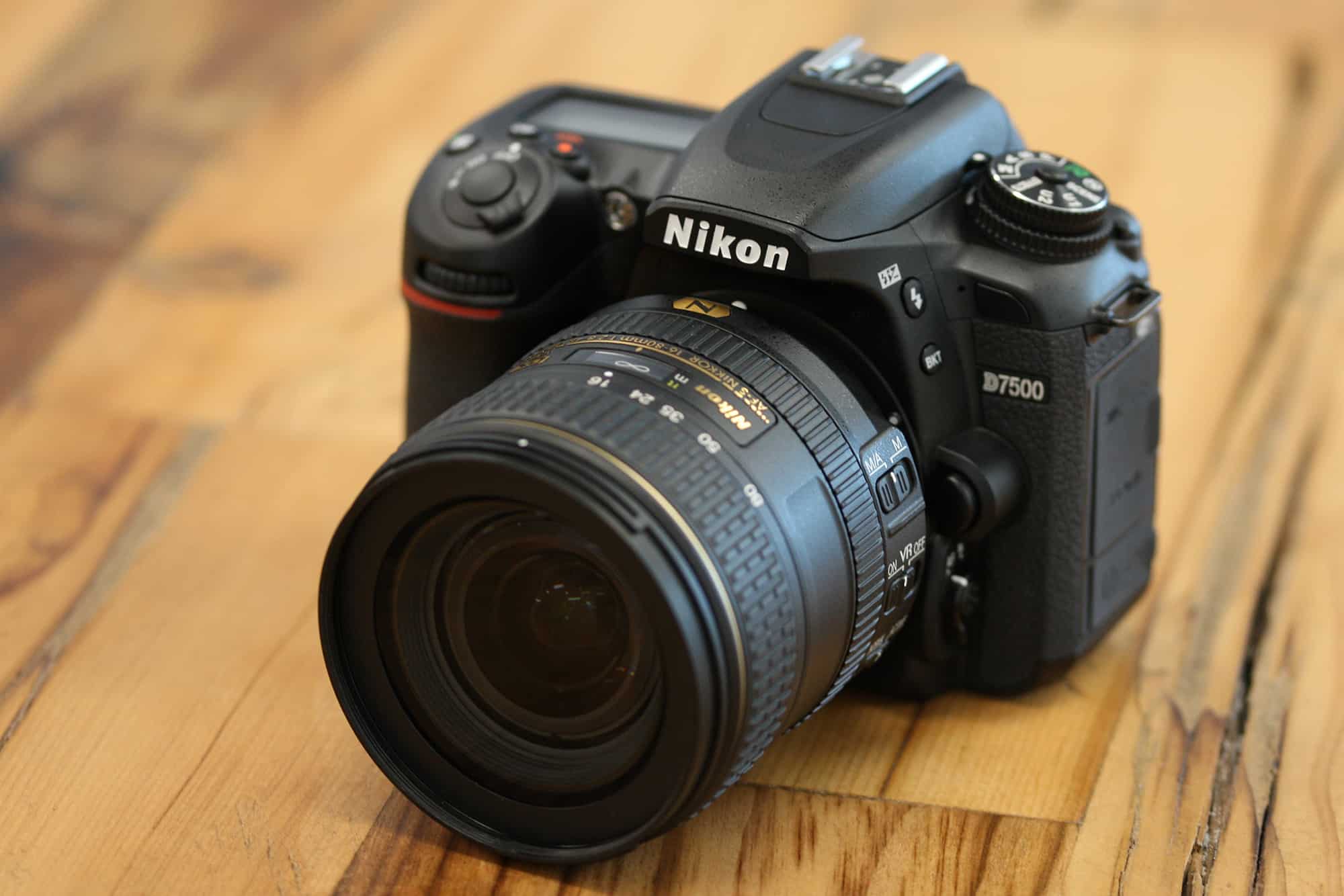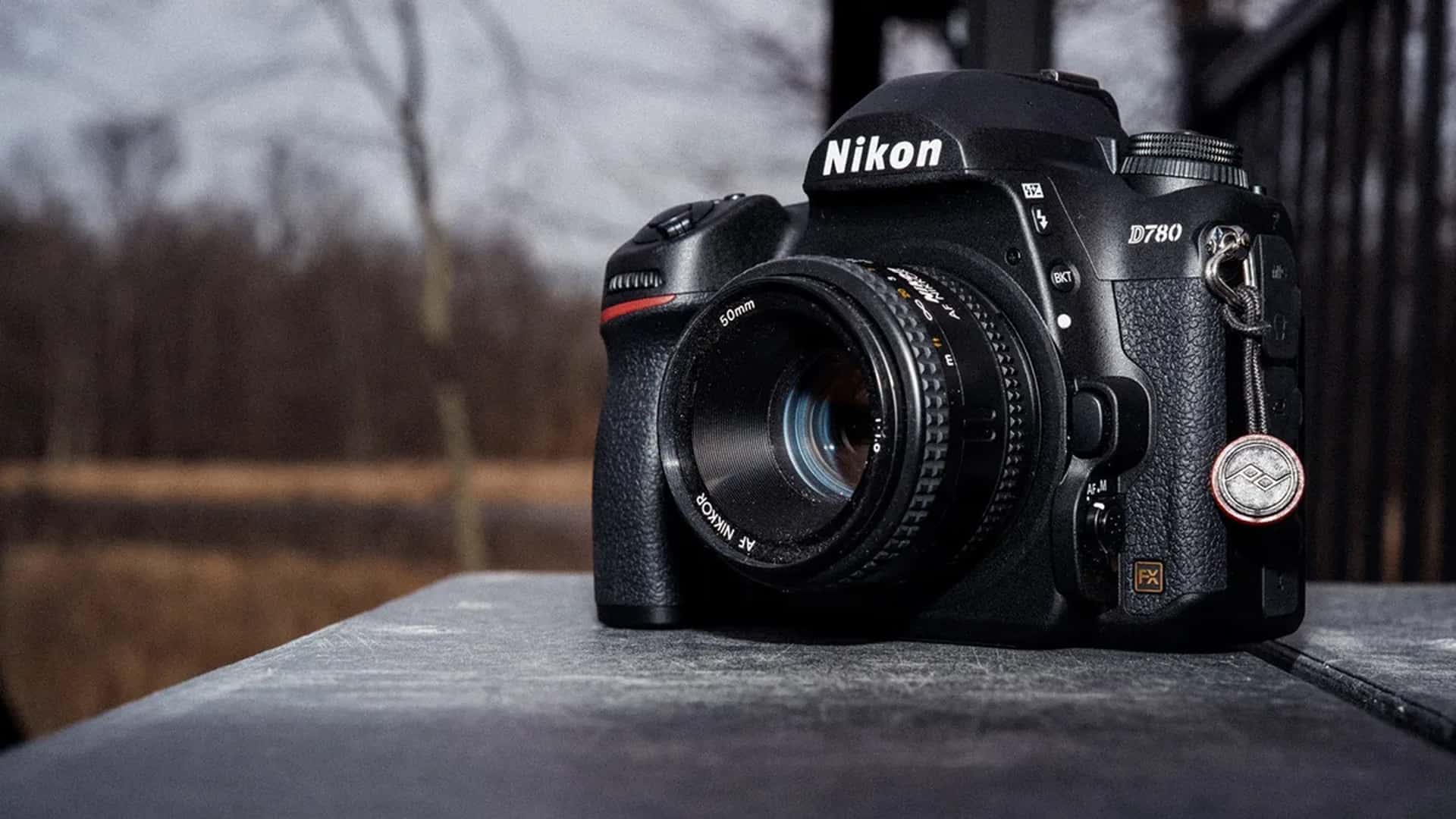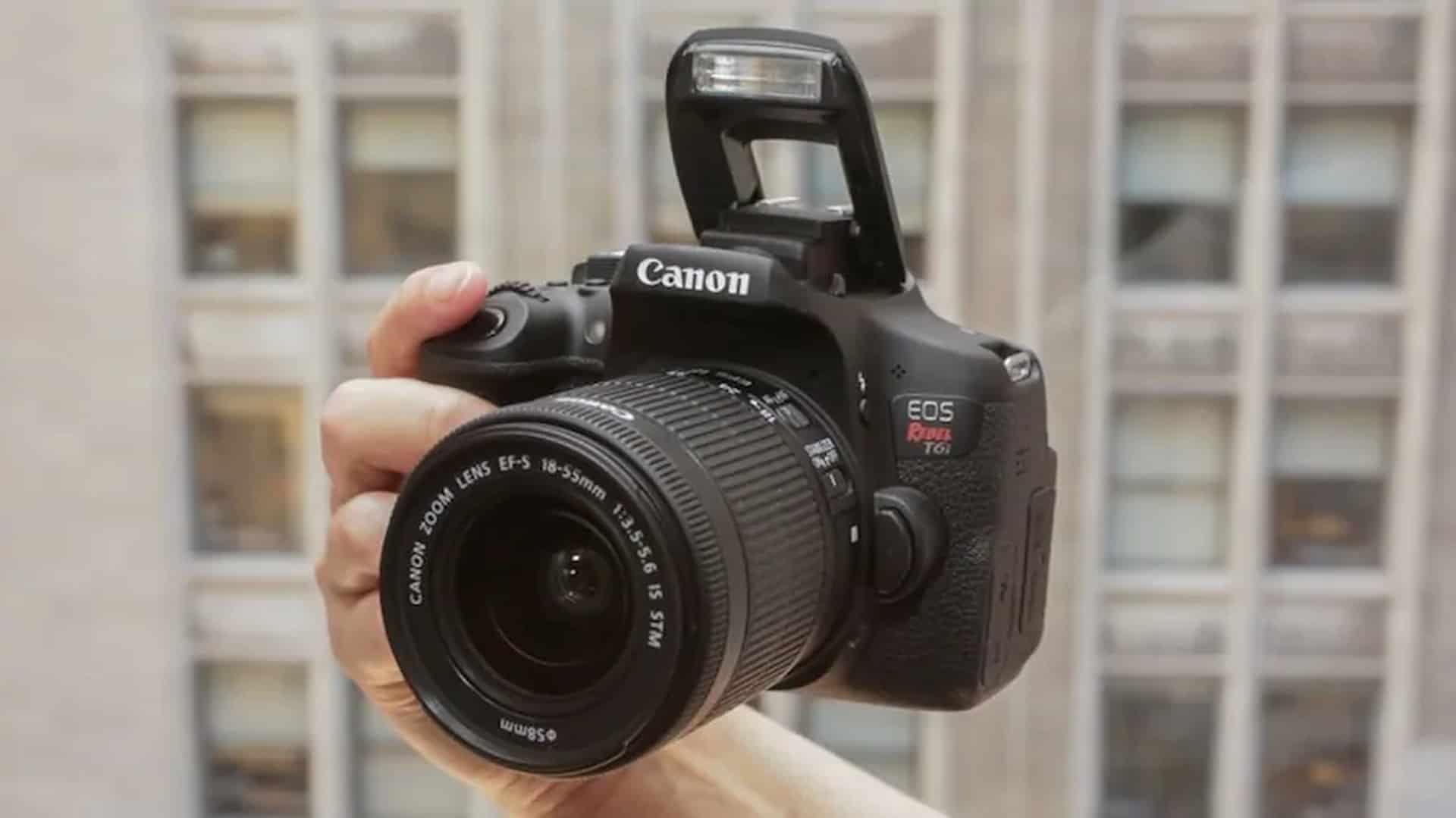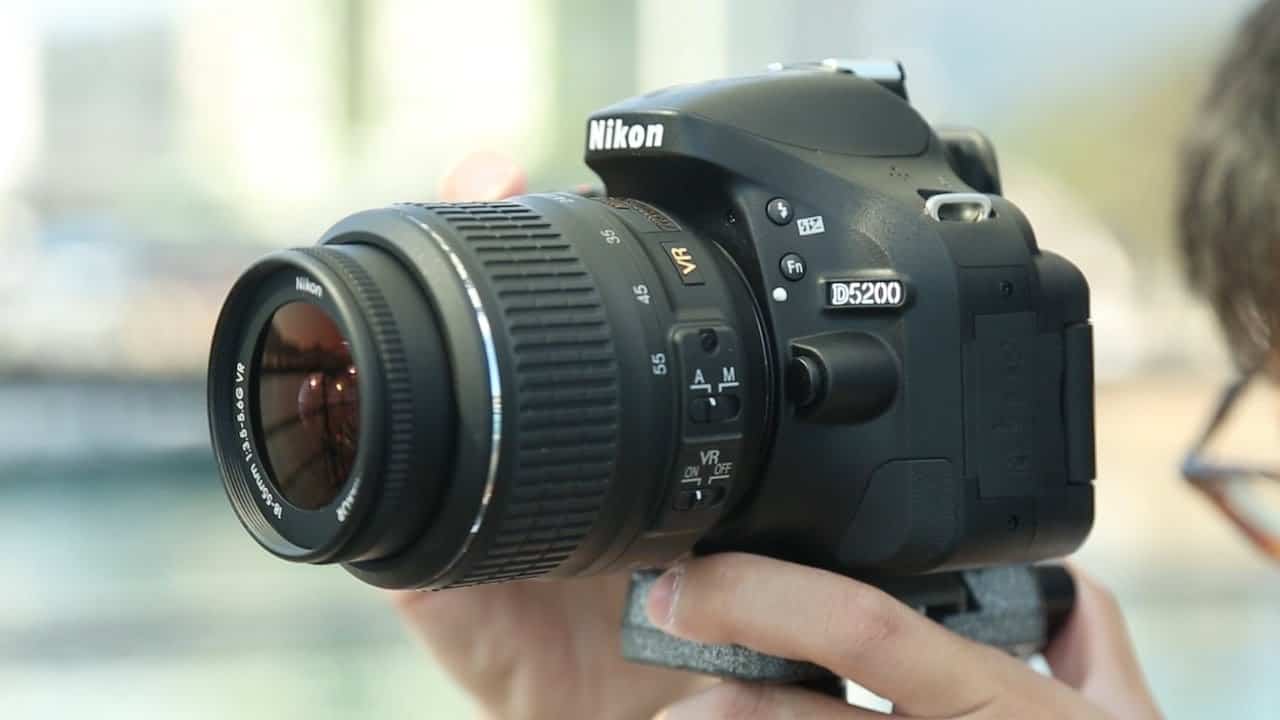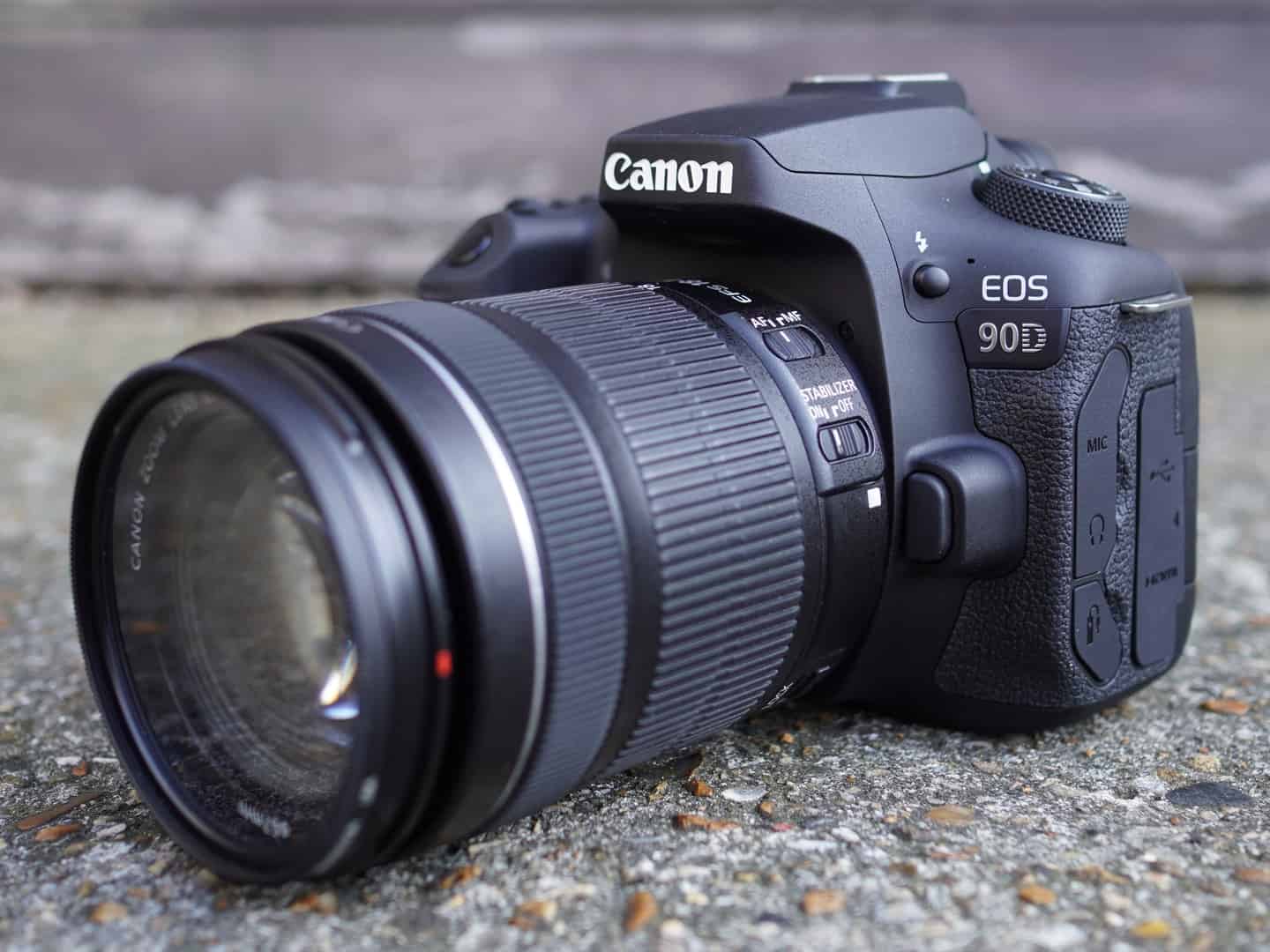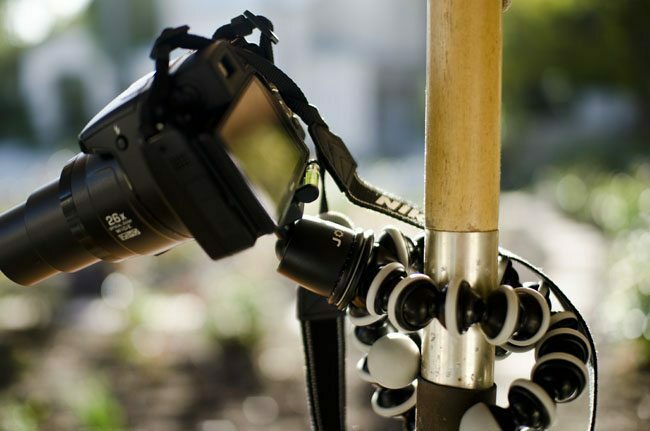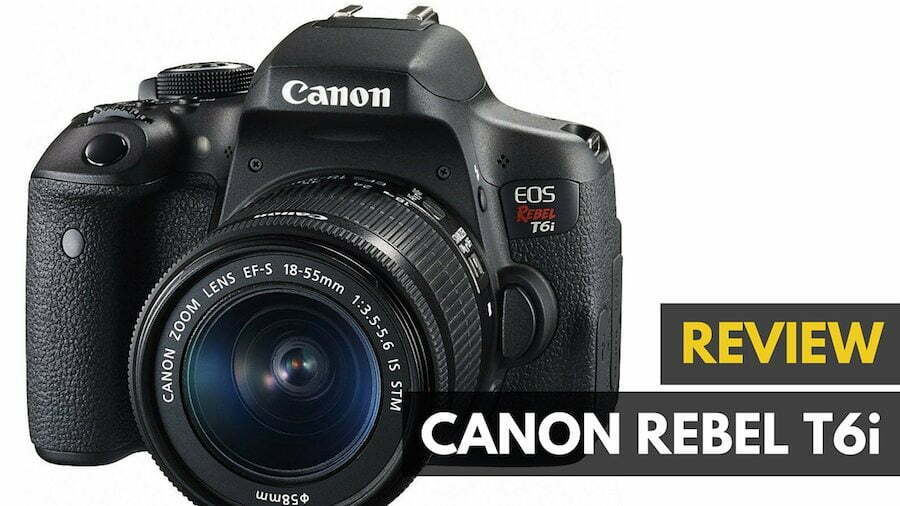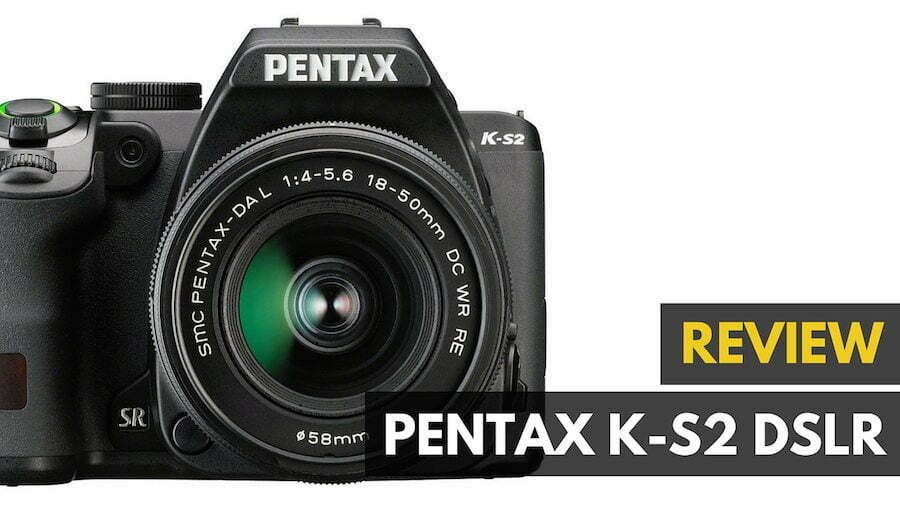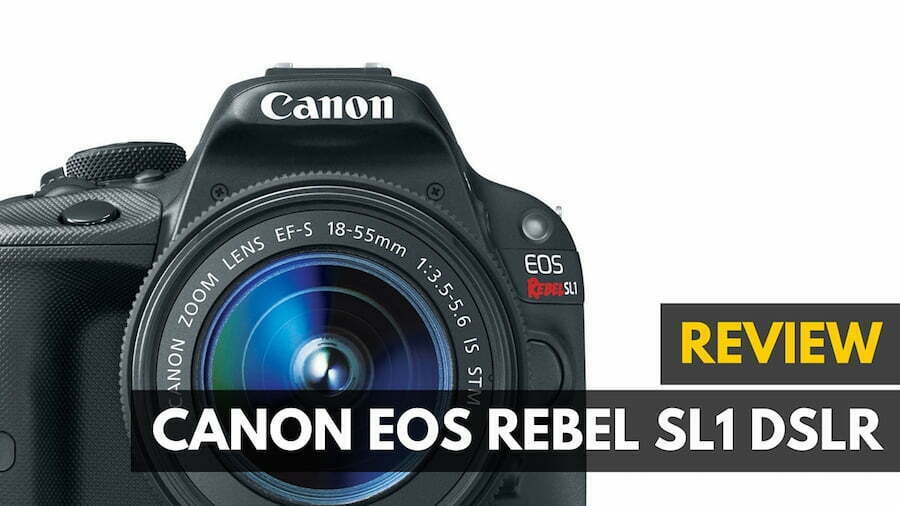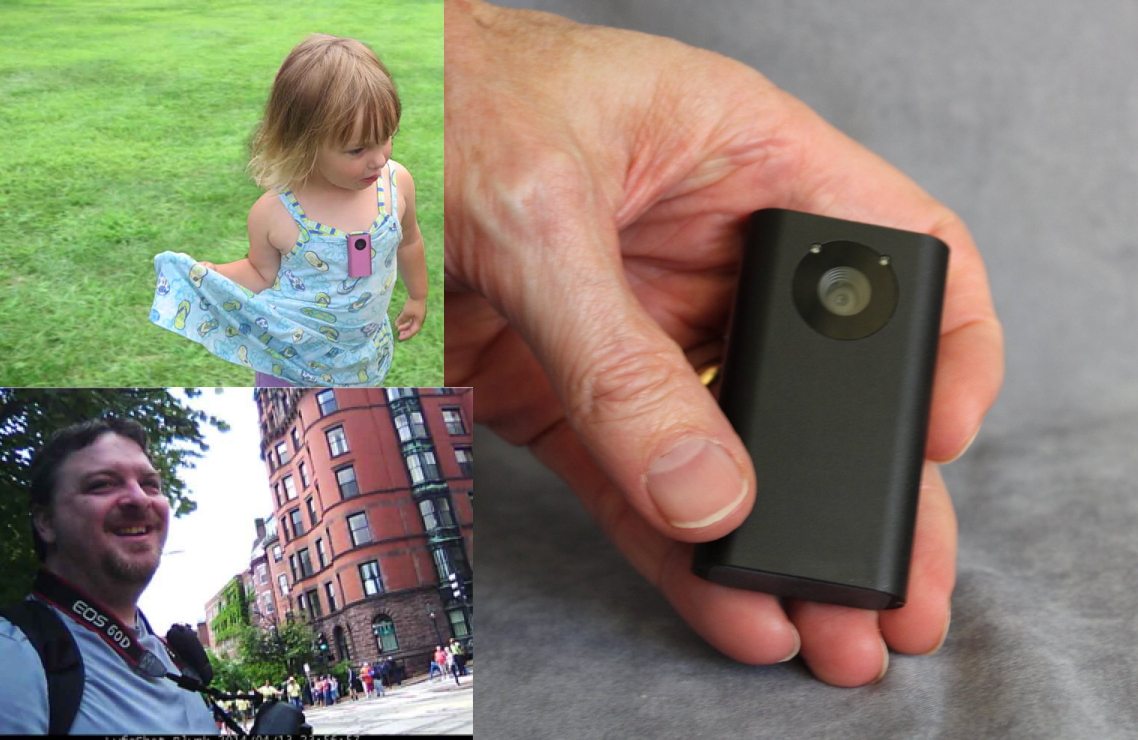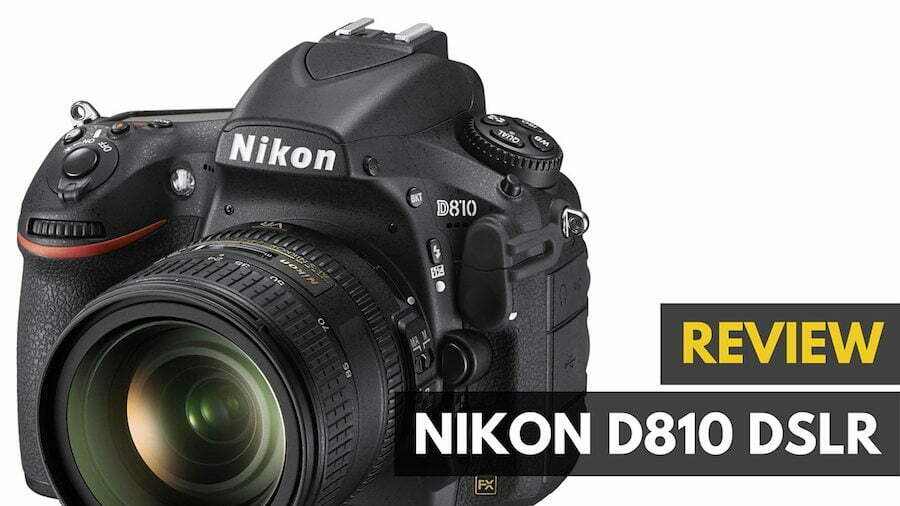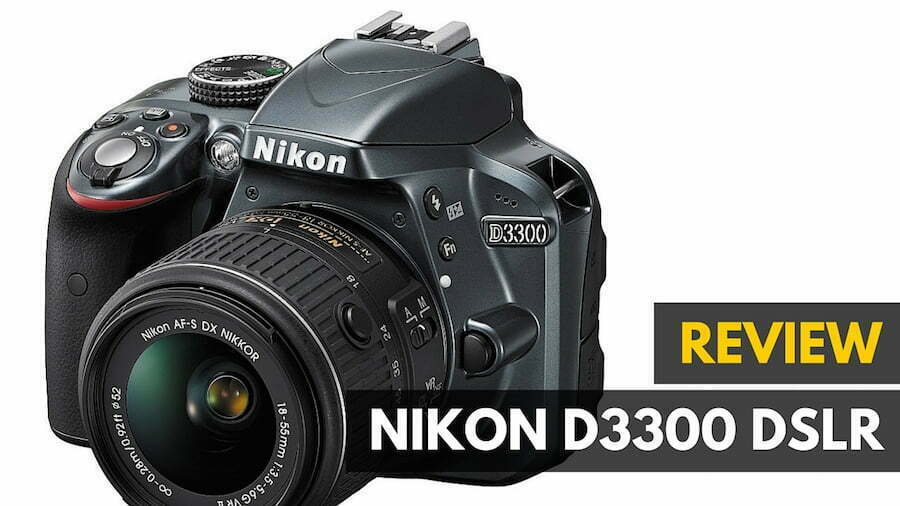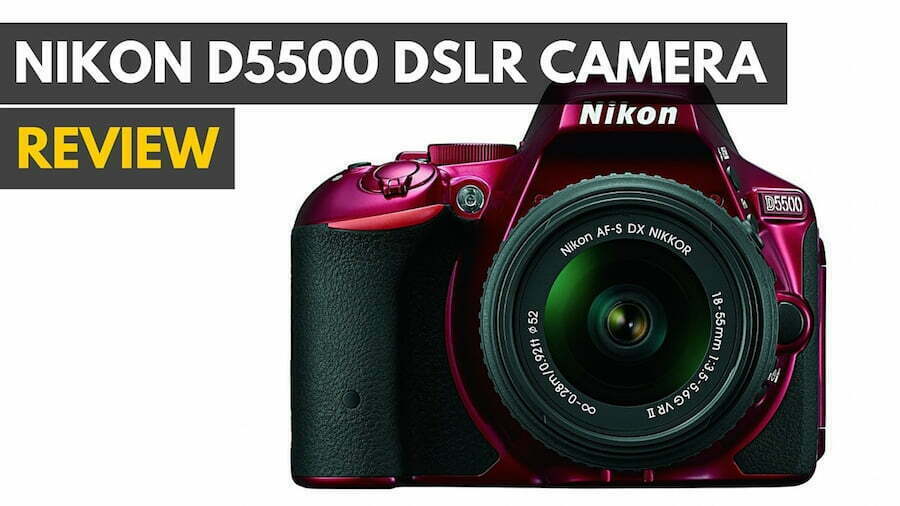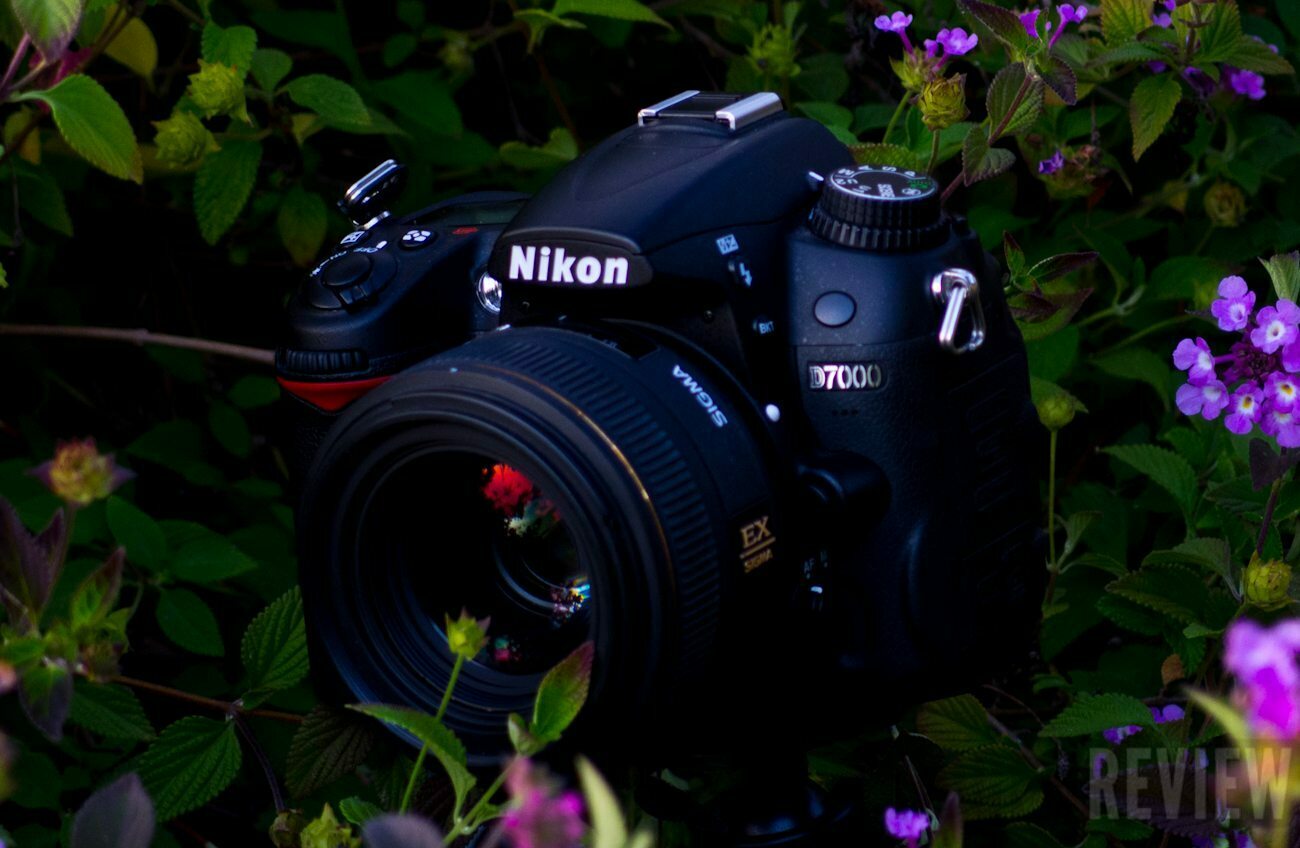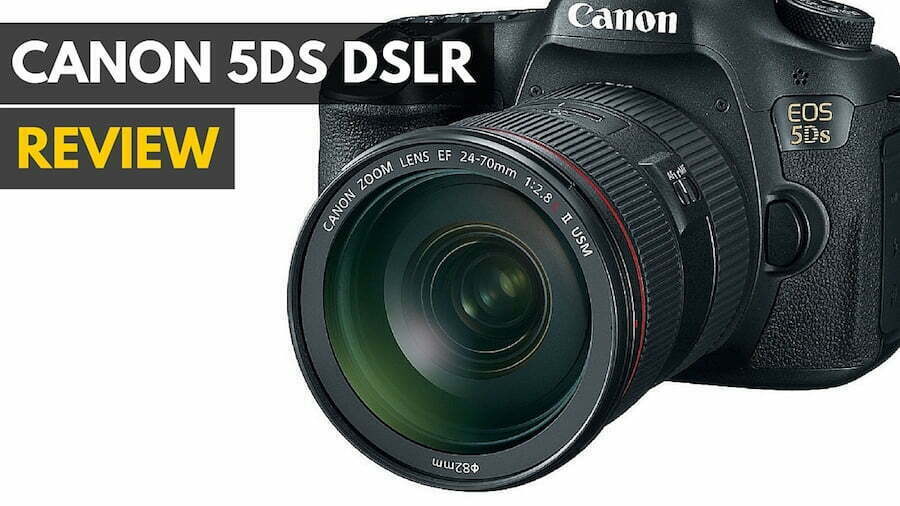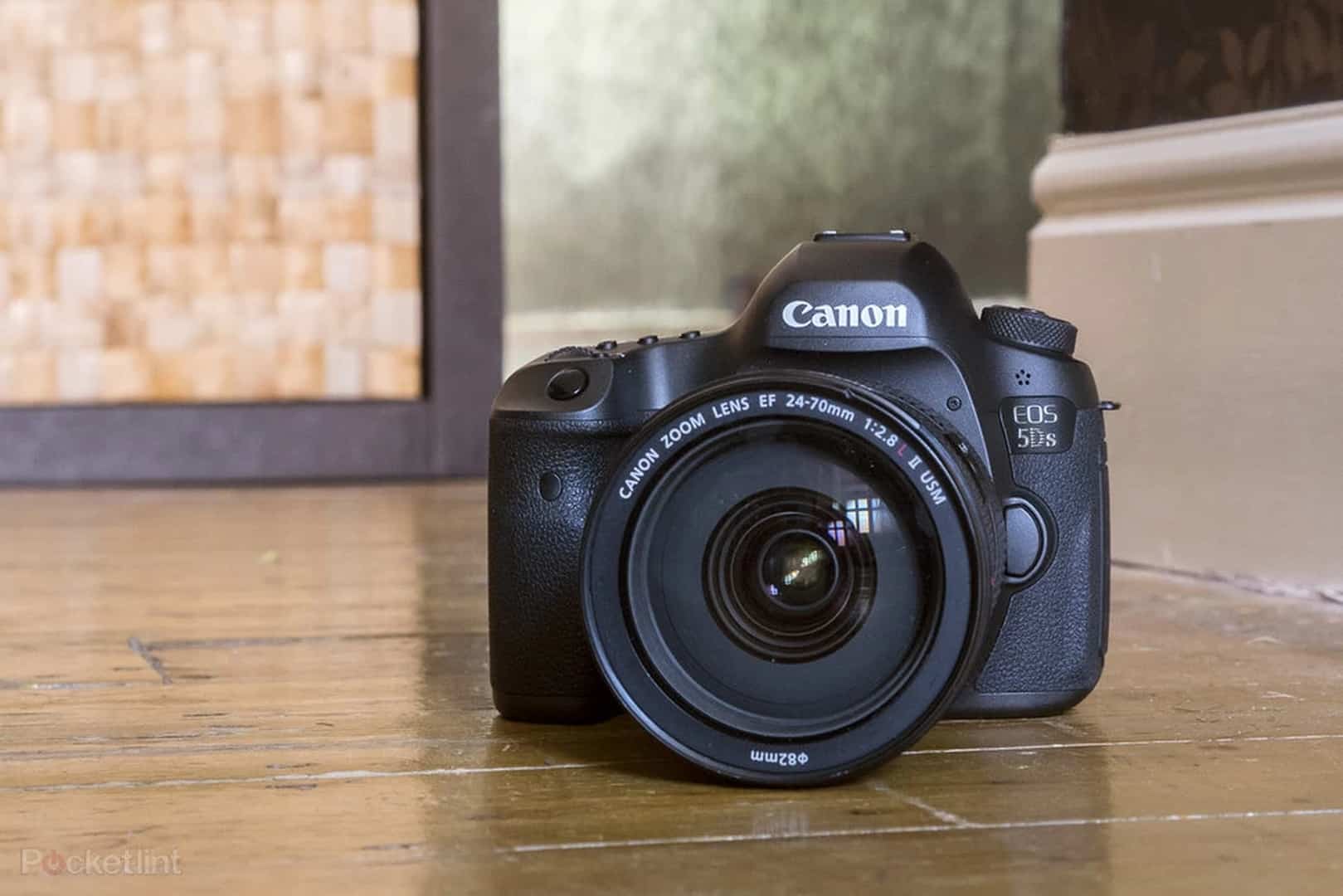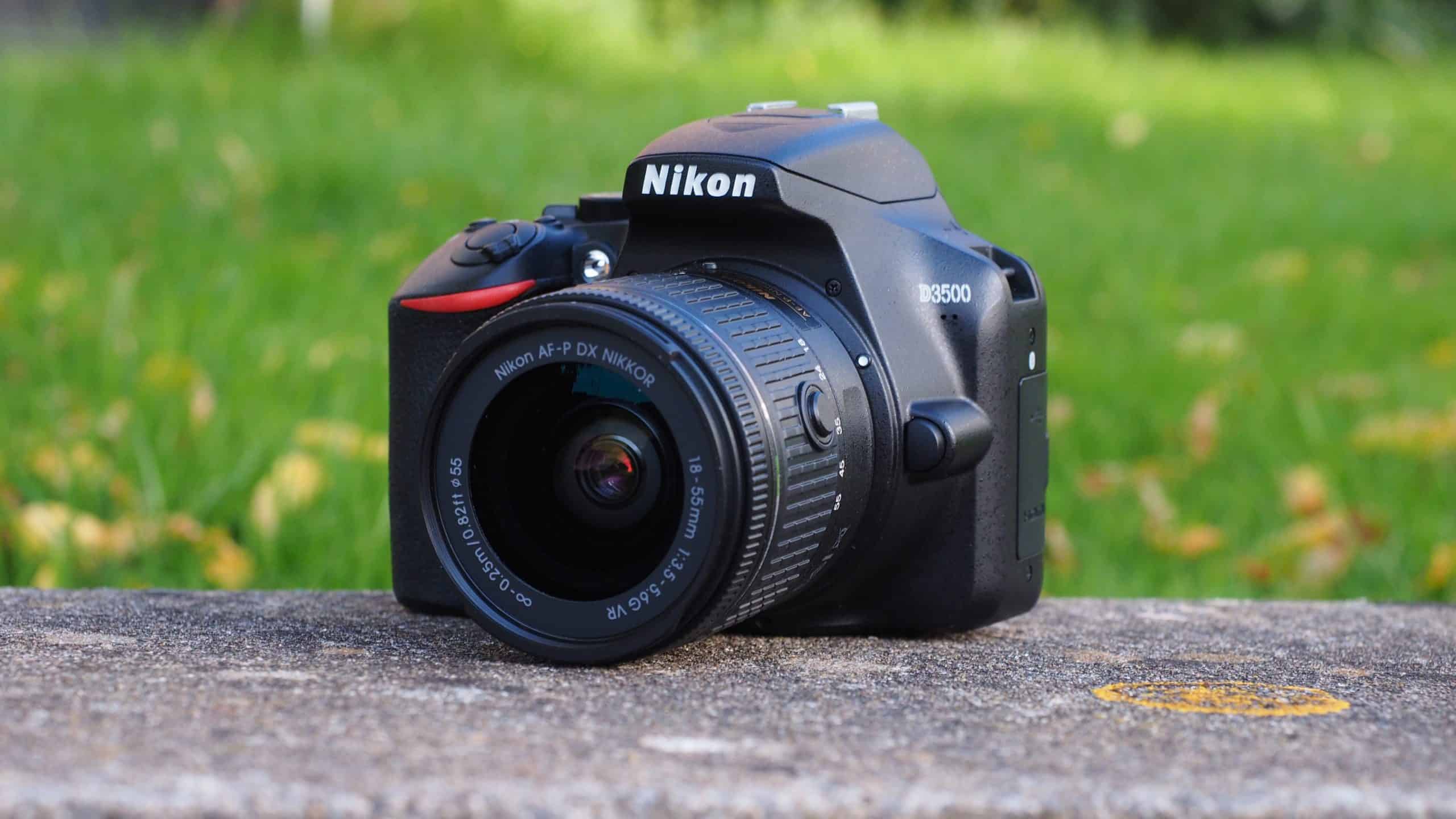Finding the best canon lens for video can be a daunting task. After all, Canon has, well, a ton of different lenses to choose from, and it’s particularly challenging for newcomers to the photography world to choose the right lenses (that will fit their camera) to complement their video work and provide new possibilities. By the end of this list, you will have the best lenses for your specific camera needs.
Our top choice is the Canon EF 50mm f/1 USM Standard & Medium Telephoto Lens, the ideal choice for those shopping for their first additional lens. This 50mm lens is perfect for capturing high-quality shots with a lot more options for inventive zooming. More artistic experiments to liven up your video and your photos. Better color retention. If you’re looking for the best lenses for video, look no further.
Plus, at $330, this lens is one of the more affordable lenses of its type on the market! Lenses this nice will make shooting video a breeze. Of course, we will also take a look at the runners-up, a variety of additional Canon lenses that can help you with your next video adventure, so take a look! No matter your needs, we will have the best Canon lenses for your needs.
Top 7 Best Canon Lens for Video Compared
#1 Canon EF 50mm F/1 USM Standard & Medium Telephoto Lens
Award: Best Canon Lens For Video
WHY WE LIKE IT: If you want the best and most versatile Canon lens for the money, you can stop here. This telephoto lens is an excellent addition for first-time buyers who only have the lenses that their camera came with, and would like to expand for more interesting video shots and many more possibilities, particularly when it comes to zooming. For more great photography shots, you’ll need to read our best Canon DSLR guide or check out our finest Canon digital cameras list.
- Highly versatile telephoto lens for many different shots
- Gaussian optics help prevent astigmatism
- Affordable for such an adaptable lens
- Lens glass isn’t the highest quality
- A little large and heavy for newcomers
- Can’t do everything – like extra-wide zoom
The autofocus motor and two high-refraction lens elements with Gaussian optics are also newbie-friendly, and we like the additional options for including photo software or a UV filter, depending on your goals. We don’t suggest you just randomly buy a lens without research, but there’s a reason this particular lens is so popular among videographers. Canon does make some of the best video cameras. And this is way more advanced than the best webcams out there. These are prime lenses, at an affordable price considering the quality.
#2 Canon EF 50mm f/1.8 STM Lens
Award: Best Video Lens For Canon 70D
WHY WE LIKE IT: If you don’t have much money to spend on a lens, this 50mm Canon model could be the perfect solution for your video work.
- Compact and highly affordable
- Lens coatings ideal for action and low-light shots
- Smooth, continuous autofocus for movies
- Focus features may take practice for newcomers
- Not a lot of protection without accessories
- Great for depth of field, but not as versatile as some lenses
It’s designed for night shots, portraits, and action shots, with continuous autofocus that makes the lens ideal for capturing video instead of just photos. This is what makes digital mode vs manual mode on a camera more useful.
Of course, you don’t have access to any zoom functions, but these are less important when capturing video, and the artistic depth of field on this lens adds other advantages. Note that the filter size is technically 49mm, unusual for Canon lenses of this size, which tend to have larger filter sizes. Now, if you are after the best DSLR camera, we have you covered there too. And also if you are looking for a lens for a specialized camera, like the best underwater camera, make sure that it is compatible. If you’re looking for a new lens for your Canon DSLR, these may be your pick.
#3 Canon EF 85mm f/1.8 USM Medium Telephoto Lens
Award: Best Lens For Video Interviews
WHY WE LIKE IT: This 85mm telephoto lens helps videographers interested in artistic shots, with excellent background blur (aka bokeh effect) when it matters and clean, crisp video when it doesn’t.
- Reliable 85mm is great for capturing faces
- Ideal for more artistic video with some background blur
- Speedy focus and excellent low light performance
- Shallow depth of field isn’t for everyone
- Heavy lens for newcomers
- Crop factor on smaller cameras may take some getting used to
It excels at low-light performance (think night shots or concert performances). It’s also very speedy for a lens of its size, allowing users to make fast adjustments as they go.
While the lens may seem compact to long-term photographers, those without much experience may have to get used to the weight – and the shallow depth of field, which tends to be great for capturing faces or interviews but requires careful placement and angling.
#4 Canon EF 135mm f/2L USM Lens
Award: Best Canon Rebel T5i Lens For Video
WHY WE LIKE IT: If you are looking for a lens that performs excellently on longer distances, consider investing in this durable 135mm.
- Long focal length
- Lightweight for its size
- Produces great color
- Very pricey for newcomers
- Not suitable for all shots (especially close-ups)
- Unwieldy for those short on space
Yes, it’s large and expensive, but it’s also quite lightweight for its class and known for producing remarkable shots with rich color. The downside, as you might expect, is that it’s not easy to use up close, so it’s best saved for capturing video of events or nature at a distance, which might not be everyone’s desire.
#5 Canon EF-S 10-18mm f/4.5-5.6 IS STM Lens
Award: Best Canon Rebel T5i Lens For Video
WHY WE LIKE IT: This wide-angle zoom lens is excellent at filming landscapes and buildings, making it a valuable tool if you run a travel blog, like to film architecture, or have similar intentions in mind.
- Excellent ultrawide zoom capabilities
- Stepping motor ideal for video
- Many different lens filter options
- Wide angle doesn’t work for all types of video
- Some issues with flaring
- Slight distortion at widest focal length
It also has a stepping motor for video, which means you can make quick, quiet adjustments that won’t interfere with your audio. However, like many ultrawide lenses, it does become sensitive to flaring and you may notice some slight “fisheye” distortion in some shots, so experience and proper framing are very important.
#6 Canon EF 14mm f/2.8L II USM Ultra-Wide Angle Fixed Lens
Award: Best Lens For Canon 7D Video
WHY WE LIKE IT: While this lens takes some heavy investment if you are serious about your video and photography work and want an excellent lens for nature and landscape capture, it’s hard to find a better option.
- Gel-based filter holder
- Built-in dust and moisture proofing
- Compact compared to earlier models
- Not for the inexperienced
- Particularly expensive
- Wide angle limitations do apply
However, it is a fairly niche lens designed specifically for durable wide-angle work, so it certainly isn’t for everyone.
#7 Canon EF-S 24mm F/2.8 STM Lens
Award: Best Lens For Canon 5D Mark IV
WHY WE LIKE IT: A super-small form factor and very affordable price help make this Canon lens an ideal purchase for those looking to build up their camera kits in preparation for exciting video. It’s also very versatile for such a small, wide-angle lens, allowing you to get up close or capture a lot of landscape, depending on your goals.
- A more affordable option for those on a budget
- Extra light and easy to store
- Surprisingly good macro focus
- All-plastic build isn’t as durable as some other lenses
- Combo of manual and autofocus is an odd, unnecessary feature
- No image stabilization
However, it is fully plastic, so you do have to treat the lens with a bit of extra care.
CANON VIDEO LENS BUYER’S GUIDE
Don’t Have a Camera Yet? Read this First
First, it’s important to understand that some cameras you buy come with only the body – you have to buy the lenses separately. This will include the leading digital cameras under $200, the top vlogging cameras under $300, and the greatest digital cameras for video.
This approach allows you to buy only the lens you absolutely need, which is what you won’t be looking for in a digital camera point and shoot initially. Other cameras you purchase can come with one or two lenses included in the package, (usually called a kit). This gives you some general lenses to start with, and you can buy more specialized lenses later if necessary. For example, if your work is more cinematic, a cine lens might be a good purchase for you. It’s important to watch what you are buying!
Additionally, you have to make sure that any new lenses you get are compatible with your camera – not all are, and it’s not as easy as saying, “Well, I have a Canon camera, so Canon lenses will work with it.” You might also want to look at if an EF mount is compatible with your camera/lenses for a more stabilized final product.
On our Amazon pages, you will notice that one of the first bullet points for each lens is a link to a website that will tell you what camera models are compatible. Please visit this link when shopping for a lens and make sure you are getting lenses that work with the camera you plan to buy.
Best Canon Lens for Video FAQs
Look for The Right Lens for the Job
Obvious, right? But take this step slowly and do your research. For example, the three primary “sizes” for lenses are Full Frame, APS-C, and Micro Four Thirds, each with corresponding sensors that will affect how the lens functions.
Choose the right lens for your camera and your goals, understand how the lens will interact with the camera sensor, and you will avoid unpleasant surprises. If you don’t know the lens that you need for a specific project, the quality of your image may suffer.
Don’t Try to Compare Focal Lengths
Those millimeter specs you see for all lenses, like 18-55mm, refer to the focal length of the lens. That’s a handy number for understanding how far or near a specific lens can be positioned to a specific camera sensor (more or less: the history of lens specifications is convoluted and annoying). However, it’s not much good as a comparison tool between different lenses when making up your mind. Focal length ranges change between brands and models and are affected by the type of sensor in your camera as well. Study the spec, but don’t make direct comparisons.
Understand Crop Factor
Crop factor refers to the general ratio that’s used to describe cameras in a more standard way that is handier for comparison, although unfortunately confusing to newcomers. Crop factor is a camera spec such as “1.6x” which means that if you multiply a lens focal length by 1.6, you will get the “full frame” equivalent focal length. So, if you know the crop factor of your camera, you can apply it to any new lens you are looking at to find out where full frame equivalent focal length is. Compare this to your desires for a lens, and you’ll get a better idea of how that lens will perform with your camera.
Don’t Worry Too Much About Aperture
Aperture, or f-stop, refers to how much you can control the area of focus – what part of the photo is focused and how much light is let into the shot. This is a very nice spec for artistic photographers who may need to adjust the aperture range for various effects. However, it means very little for video, since you almost always want the full video in focus and apertures set wide for better light. The exception is if you are planning on taking complex action shots or dim light video, which is a fairly rare need.
Wide Angle or Zooming Power? Both are Good
When comparing lenses using some of our tips, you may find your primary decision between more of a wide-angle lens that can capture more content at once, and more of a telephoto-style, a zooming lens with some innate optical zoom capabilities. It’s important to look into the zoom range on a lens, particularly if zoom range is important to you. It’s best to find a lens that falls somewhere between these two options. As you take video, there are times when you want to be more panoramic and times when you want to be more intimate, so a lens with a wide range is often a smart choice.
Look for Upgraded Canon Lens Models
Canon lenses may have either an “II” or an “L” next to the lens title. These both mean that the lens has been upgraded to a more durable, efficient design. They cost more (the L lenses especially are meant for professionals) but it’s almost always worth that cost.

































![Best Digital Cameras in [year] ([month] Reviews) 30 Best Digital Cameras in 2026 (January Reviews)](https://www.gadgetreview.dev/wp-content/uploads/what-is-resolution-on-digital-camera-1.jpg)
![Best Digital Camera Docking Stations in [year] 31 Best Digital Camera Docking Stations in 2026](https://www.gadgetreview.dev/wp-content/uploads/best-digital-camera-docking-stations-image.jpg)
![Best Digital Camera Tripods in [year] 32 Best Digital Camera Tripods in 2026](https://www.gadgetreview.dev/wp-content/uploads/best-digital-camera-tripods-image.jpg)
![Best Canon Digital Cameras in [year] 33 Best Canon Digital Cameras in 2026](https://www.gadgetreview.dev/wp-content/uploads/best-canon-digital-cameras-image.jpg)
![Best Polaroid Digital Cameras in [year] 34 Best Polaroid Digital Cameras in 2026](https://www.gadgetreview.dev/wp-content/uploads/best-polaroid-digital-cameras-image.jpg)
![Best Small Digital Camera Cases in [year] 35 Best Small Digital Camera Cases in 2026](https://www.gadgetreview.dev/wp-content/uploads/best-small-digital-camera-case-image.jpg)
![Best Digital Camera USB Cables in [year] 36 Best Digital Camera USB Cables in 2026](https://www.gadgetreview.dev/wp-content/uploads/best-digital-camera-usb-cable-image.jpg)
![Best Digital Camera Bags in [year] 37 Best Digital Camera Bags in 2026](https://www.gadgetreview.dev/wp-content/uploads/best-digital-camera-bag-image.jpg)
![Best Sony Digital Cameras in [year] 38 Best Sony Digital Cameras in 2026](https://www.gadgetreview.dev/wp-content/uploads/best-sony-digital-cameras-image.jpg)
![Best Panasonic Digital Cameras in [year] 39 Best Panasonic Digital Cameras in 2026](https://www.gadgetreview.dev/wp-content/uploads/best-panasonic-digital-cameras-image.jpg)
![Best Digital Camera Accessories in [year] 40 Best Digital Camera Accessories in 2026](https://www.gadgetreview.dev/wp-content/uploads/best-digital-camera-accessories-image.jpg)
![Best Kodak Digital Cameras in [year] 41 Best Kodak Digital Cameras in 2026](https://www.gadgetreview.dev/wp-content/uploads/best-kodak-digital-cameras-images.jpg)
![Best Compact Cameras in [year] 42 Best Compact Cameras in 2026](https://www.gadgetreview.dev/wp-content/uploads/best-compact-camera-image.jpg)
![Best Digital Cameras with Wifi in [year] 43 Best Digital Cameras with Wifi in 2026](https://www.gadgetreview.dev/wp-content/uploads/best-digital-camera-with-wifi-image.jpg)
![Best Digital Cameras for Travel in [year] 44 Best Digital Cameras for Travel in 2026](https://www.gadgetreview.dev/wp-content/uploads/best-digital-camera-for-travel.jpg)
![Best Digital Cameras for Video in [year] 45 Best Digital Cameras for Video in 2026](https://www.gadgetreview.dev/wp-content/uploads/best-digital-camera-for-video.jpg)
![Best Nikon Digital Cameras in [year] 46 Best Nikon Digital Cameras in 2026](https://www.gadgetreview.dev/wp-content/uploads/best-nikon-digital-camera.jpg)
![Best Point and Shoot Cameras for Birding in [year] 47 Best Point and Shoot Cameras for Birding in 2026](https://www.gadgetreview.dev/wp-content/uploads/best-point-and-shoot-camera-for-birding.jpg)
![Best DSLR Camera in [year] ([month] Reviews) 48 Best DSLR Camera in 2026 (January Reviews)](https://www.gadgetreview.dev/wp-content/uploads/Nikon-D810-Best-Digital-SLR-Camera-e1462497989698.jpg)
![10 Best Medium Format Digital Cameras in [year] 49 10 Best Medium Format Digital Cameras in 2026](https://www.gadgetreview.dev/wp-content/uploads/best-medium-format-digital-camera-scaled-1.jpg)
